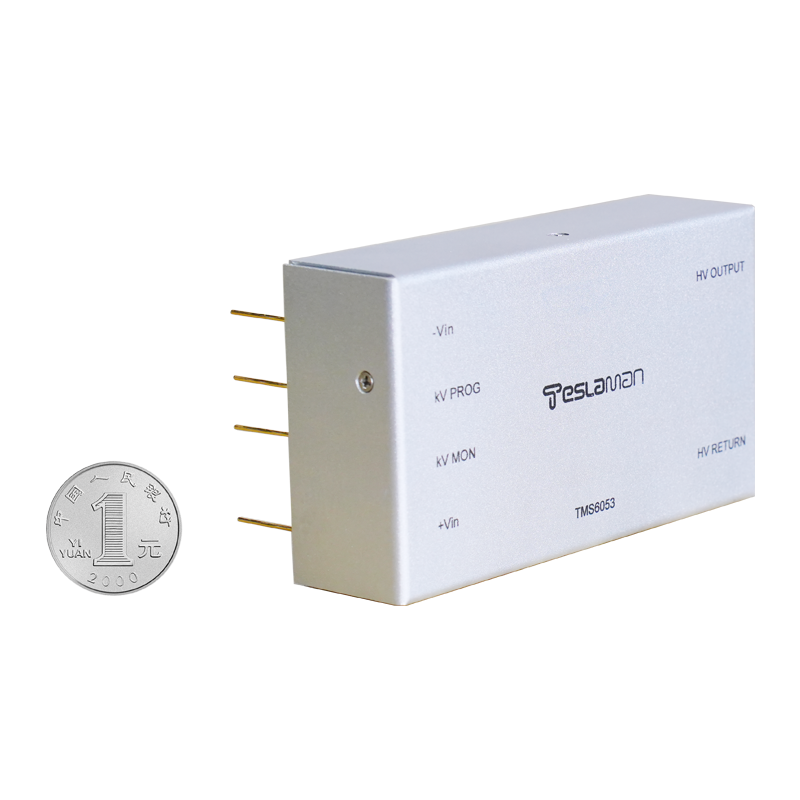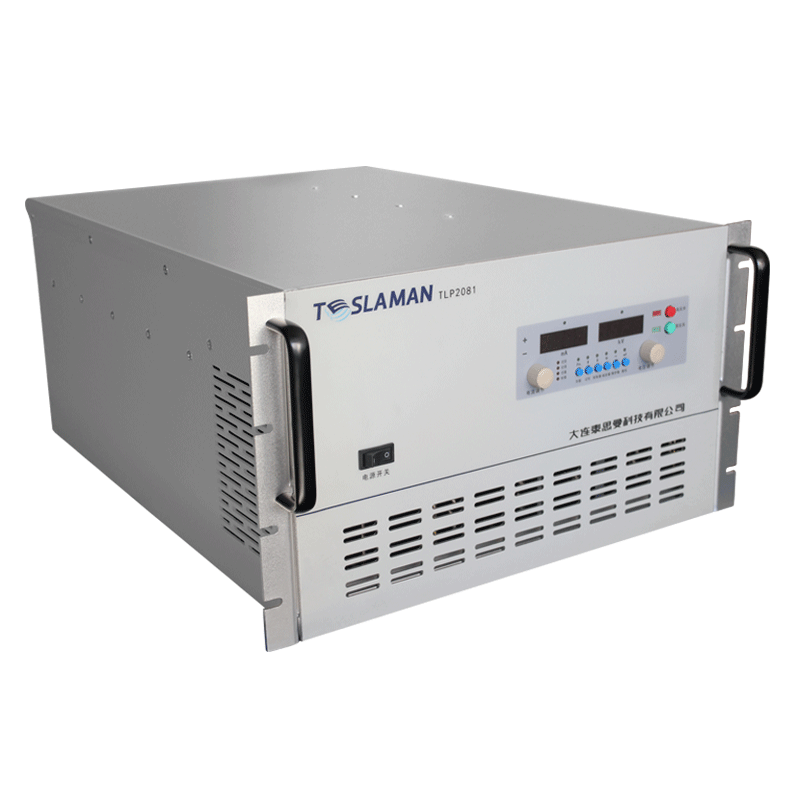A Simple Analysis of the Qualitative Analysis Ability of High-Voltage Power Supplies
In the field of power electronics, high-voltage power supplies serve as core equipment, and the quality of their performance directly affects the stable operation of the system. Qualitative analysis, as an important means of evaluating and understanding the characteristics of high-voltage power supplies, enables engineers to quickly grasp the essential features of the power supplies and identify potential problems without relying on complex quantitative calculations. A straightforward analysis of the qualitative analysis ability of high-voltage power supplies is of great significance for their design optimization and operation and maintenance assurance.
Qualitative analysis first focuses on the basic physical processes and working principles of high-voltage power supplies. By observing the power supply topology, engineers can intuitively determine the energy conversion path and power transmission mode. For example, in the common flyback high-voltage power supply topology, based on the magnetic energy storage and release mechanism of the transformer, one can quickly and qualitatively understand the trends of voltage and current changes when the switching devices are turned on and off, and predict the potential risks of voltage spikes and electromagnetic interference. This qualitative understanding based on principles is the foundation for in-depth analysis of the performance of high-voltage power supplies.
The characteristics of key devices in the circuit also provide important clues for qualitative analysis. Take power semiconductor devices as an example. The differences in characteristics such as on-resistance and switching speed will significantly affect the efficiency and dynamic response of the power supply. By qualitatively analyzing the characteristic curves of the devices, one can initially determine whether the devices are suitable for specific high-voltage power supply scenarios. If the switching losses of the power devices are too high, from a qualitative perspective, it can be inferred that the power supply may experience overheating problems when operating at high frequencies, thus providing directions for device selection or heat dissipation design.
Qualitative analysis also plays a crucial role in the fault diagnosis of high-voltage power supplies. When an anomaly occurs in the power supply, engineers can use basic electrical laws and circuit principles to initially define the scope of the fault. For instance, if the output voltage is unstable, by qualitatively analyzing the relationship between the energy storage characteristics of the filter capacitor and the load changes, one can determine whether the decrease in voltage regulation ability is caused by capacitor aging or insufficient capacity, or whether the voltage fluctuations are triggered by sudden load changes exceeding the dynamic response range of the power supply. This qualitative reasoning process can quickly narrow down the scope of fault investigation and improve maintenance efficiency.
In addition, qualitative analysis can be used to evaluate the adaptability of high-voltage power supplies under different working conditions. By simulating conditions such as input voltage fluctuations and load changes, based on physical laws and circuit principles, one can qualitatively predict the trends of changes in the output characteristics of the power supply. For example, when the input voltage decreases, according to the principle of conservation of power, it can be predicted that the power supply may increase the current output to maintain the output power, which may lead to increased heating of the power devices, allowing corresponding optimization measures to be taken in advance.
Although quantitative analysis can provide accurate data support, the qualitative analysis ability of high-voltage power supplies is indispensable in engineering practice due to its intuitiveness and rapidity. It helps engineers quickly build an overall cognitive framework of high-voltage power supplies, optimize solutions during the design phase, and efficiently locate problems during the operation and maintenance phase, serving as an important driving force for the development and application of high-voltage power supply technology.




















